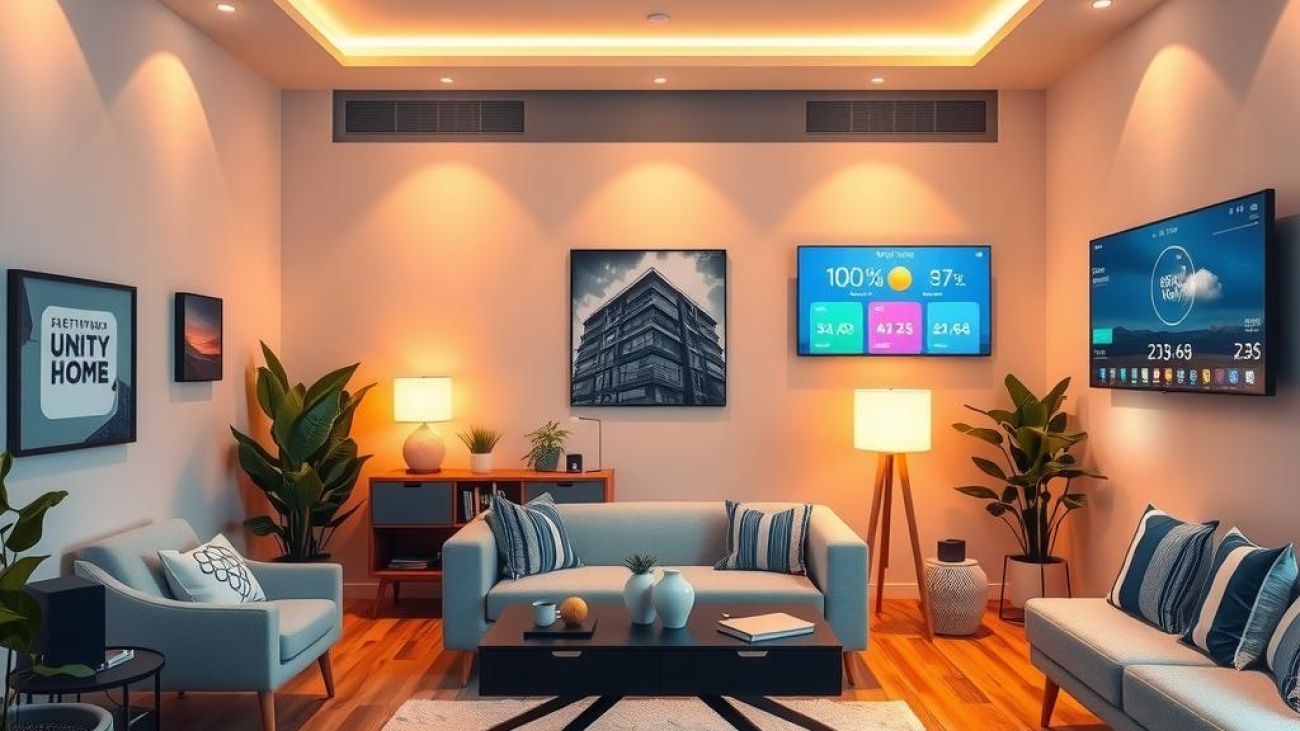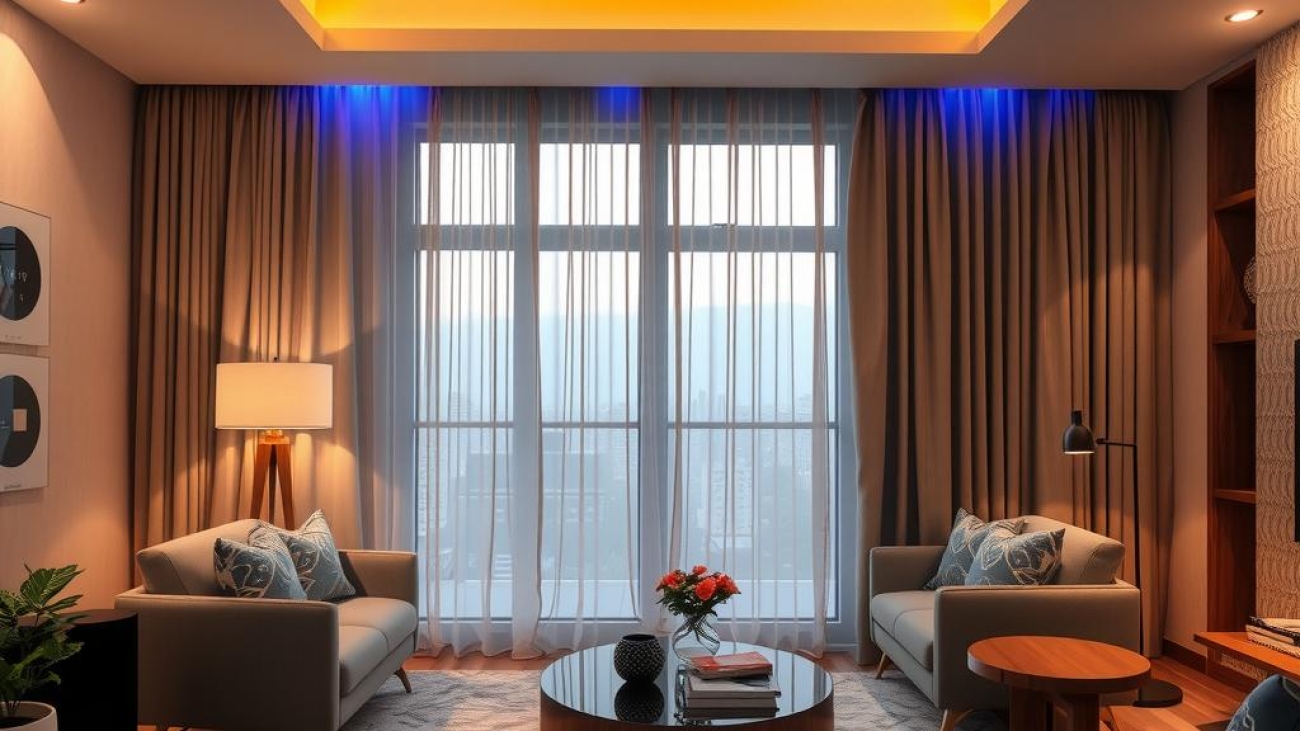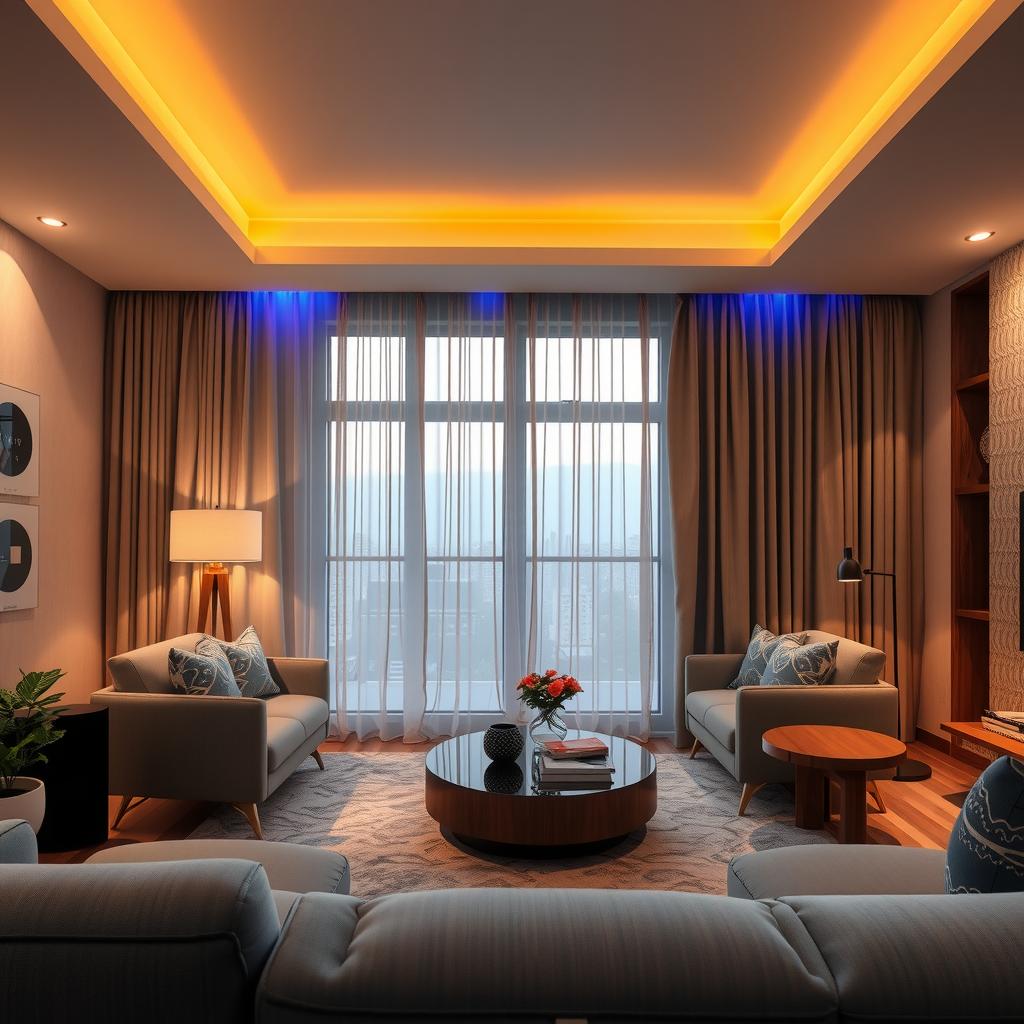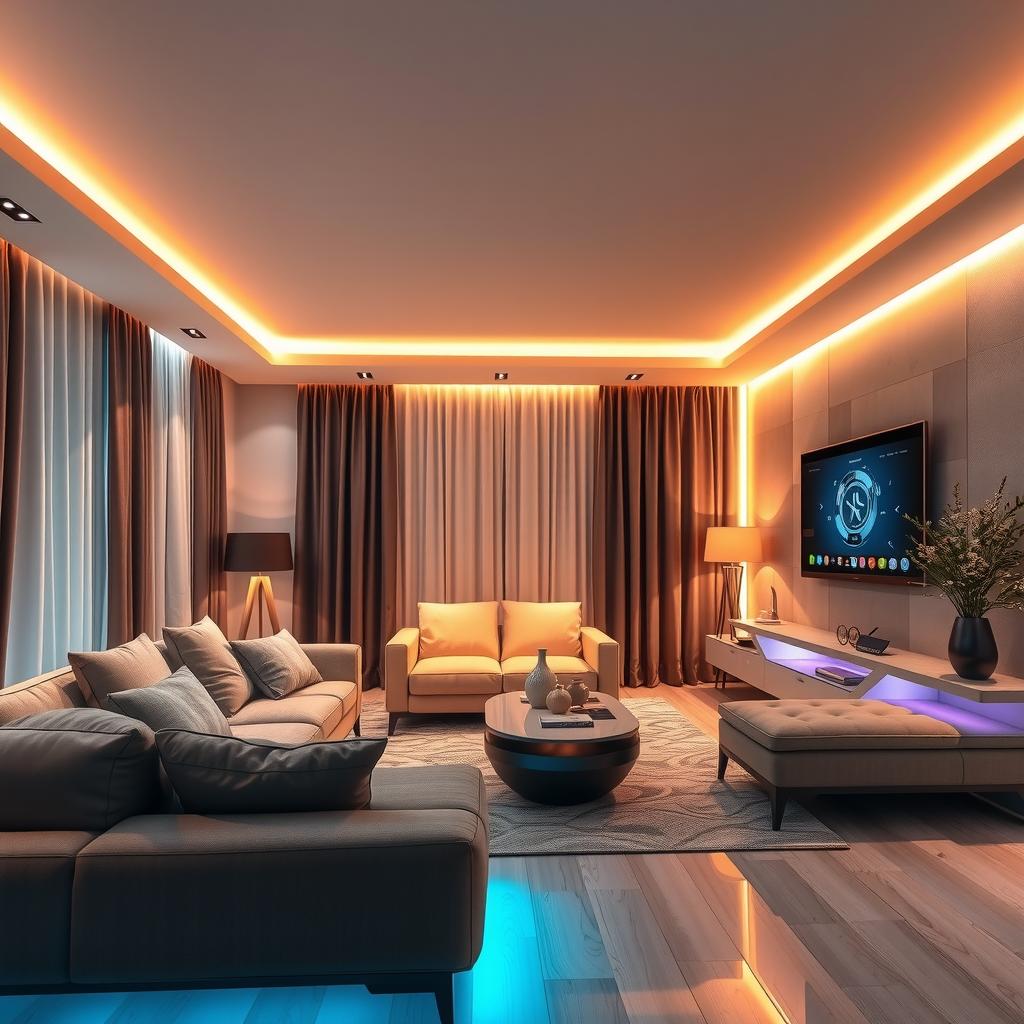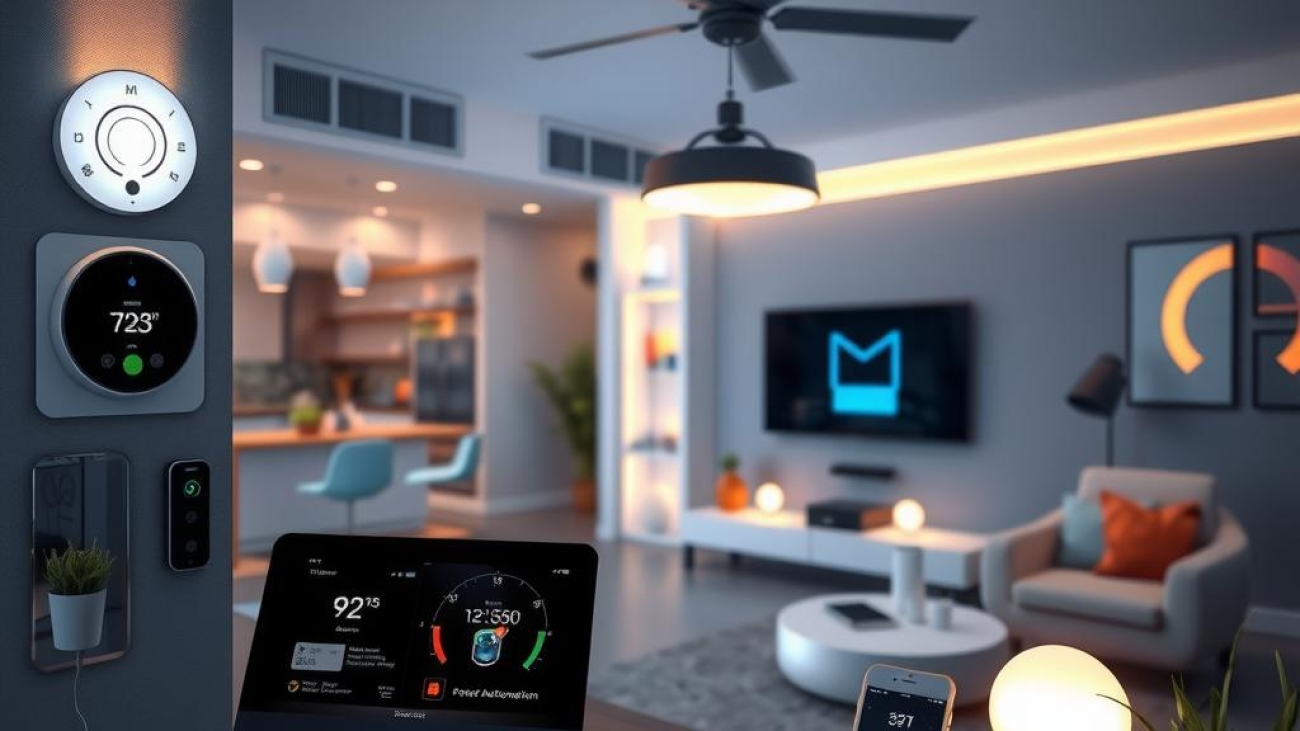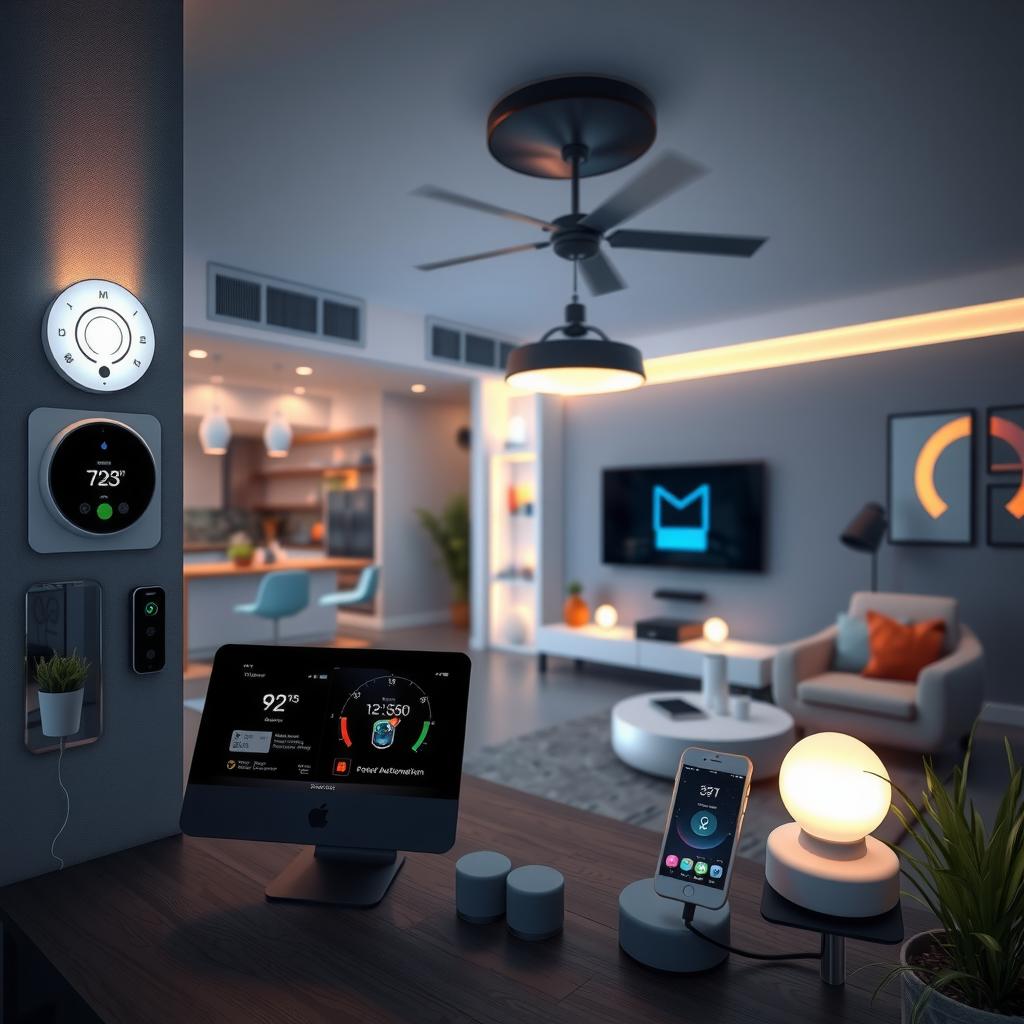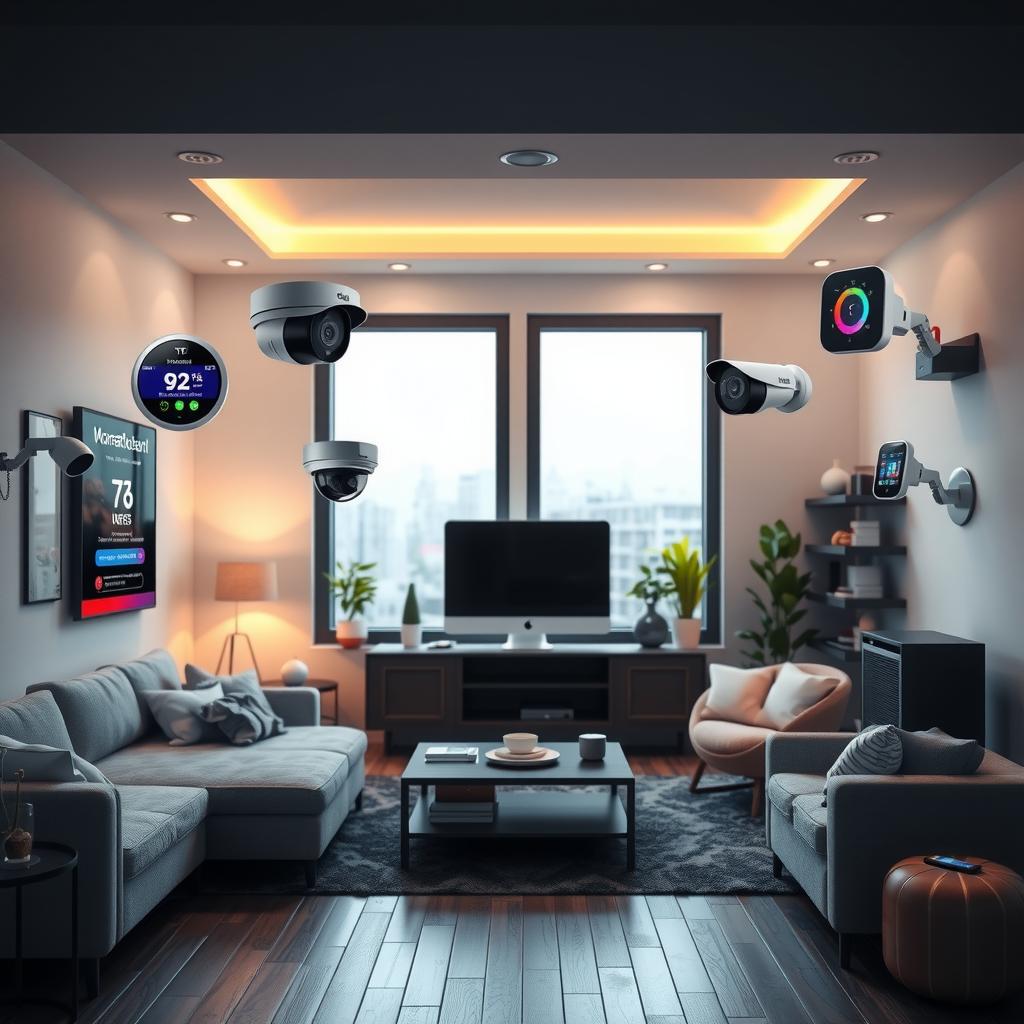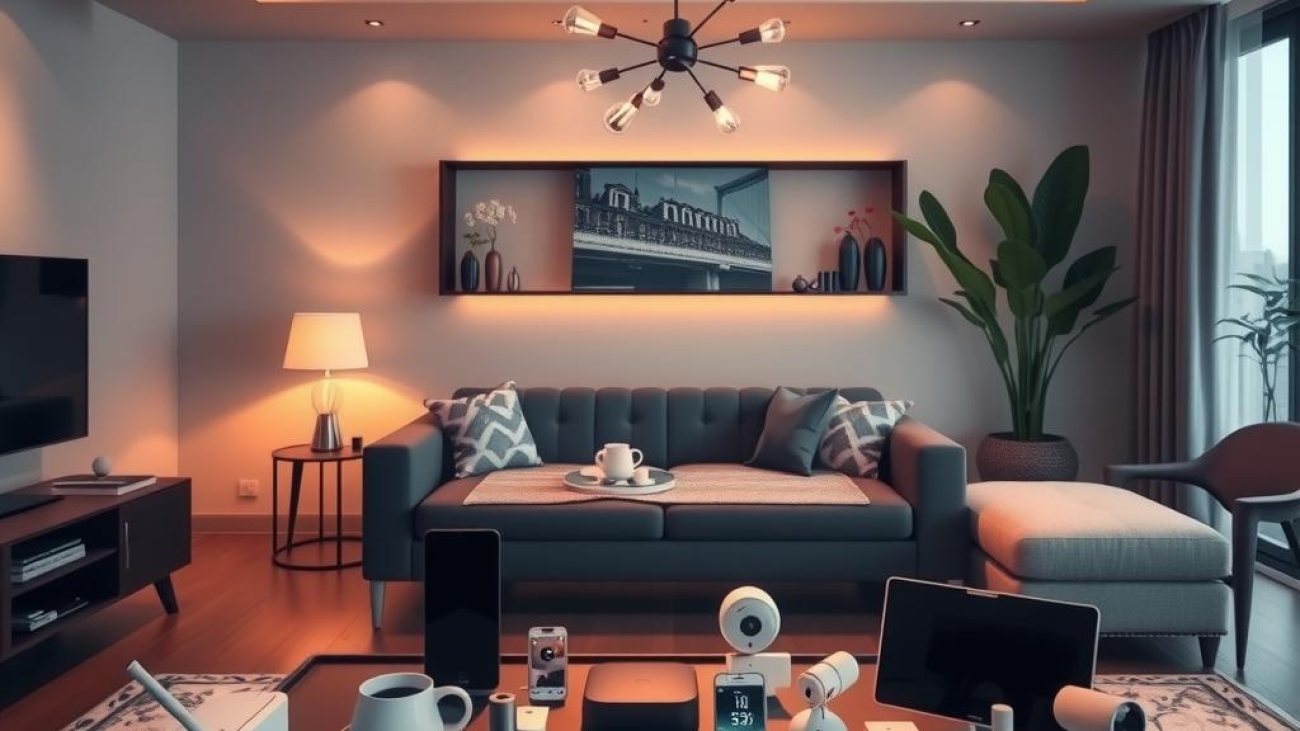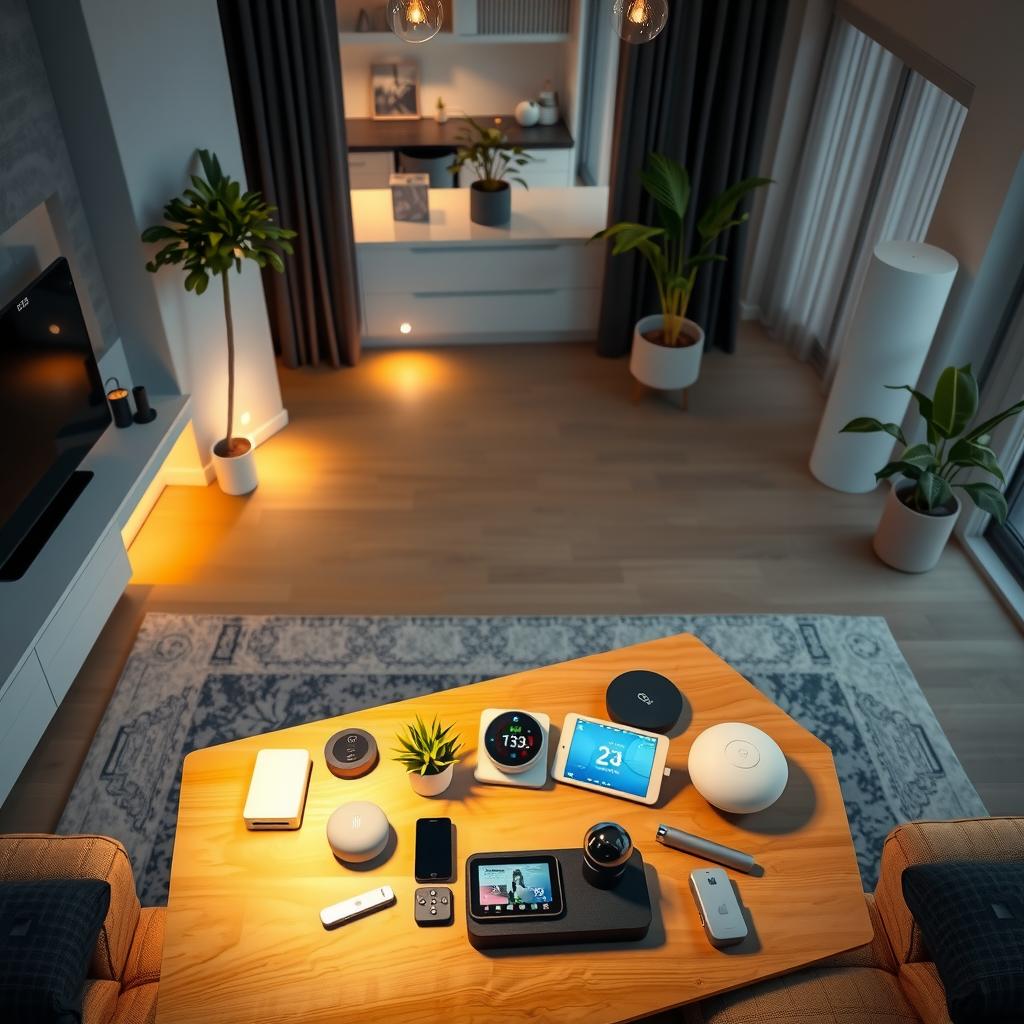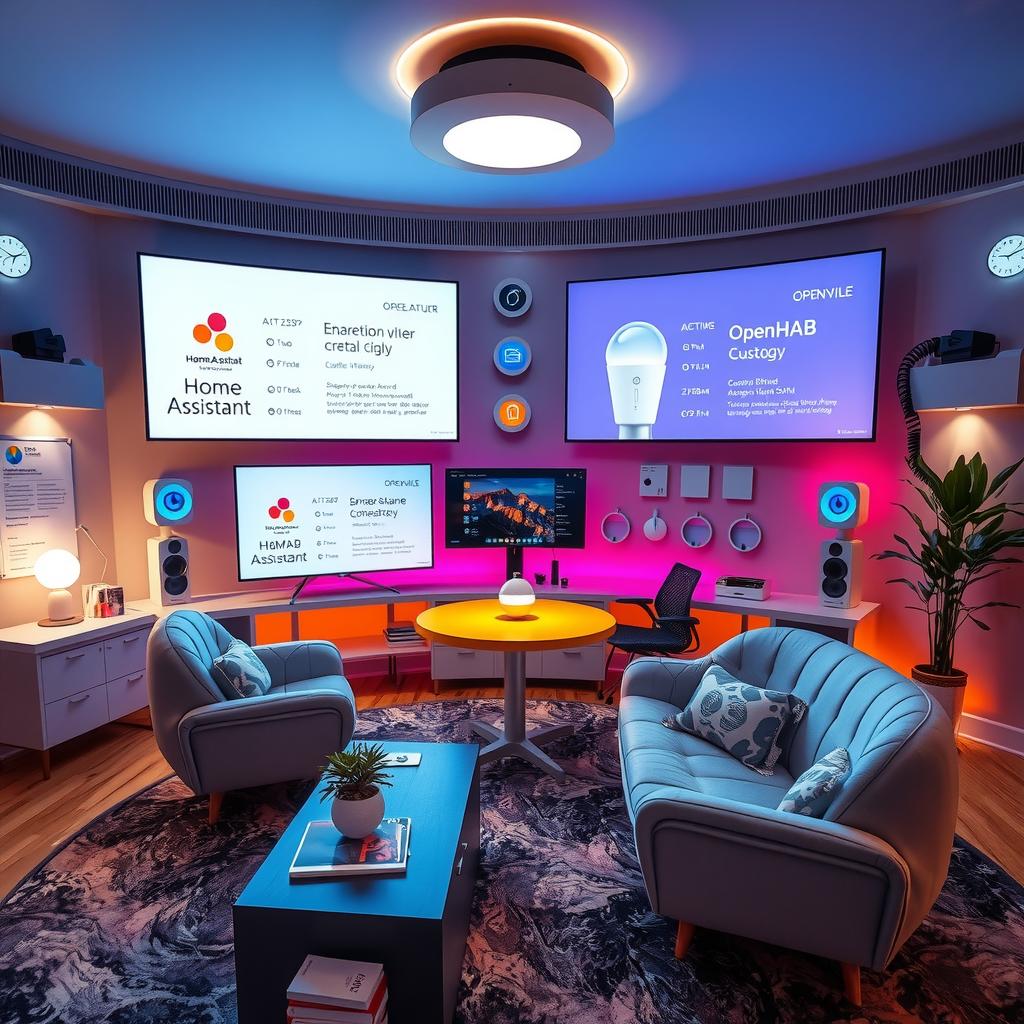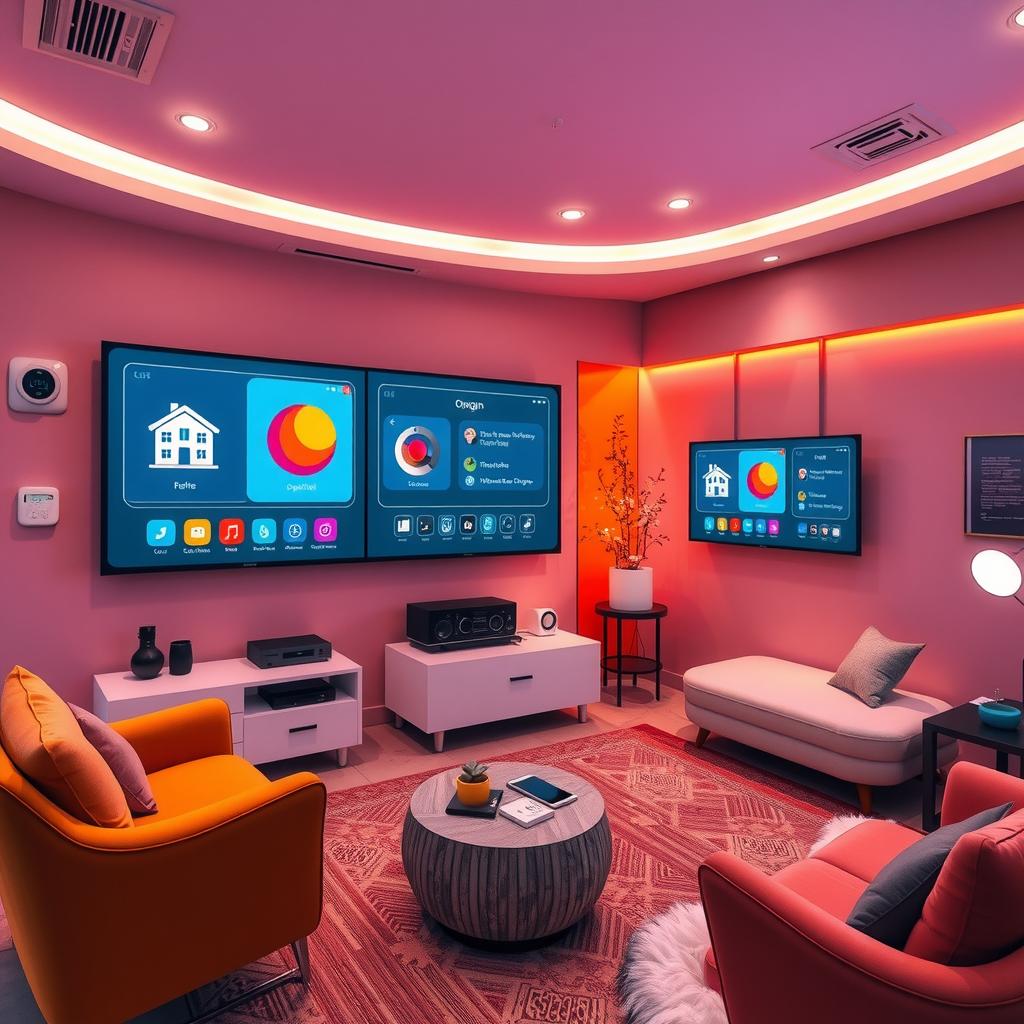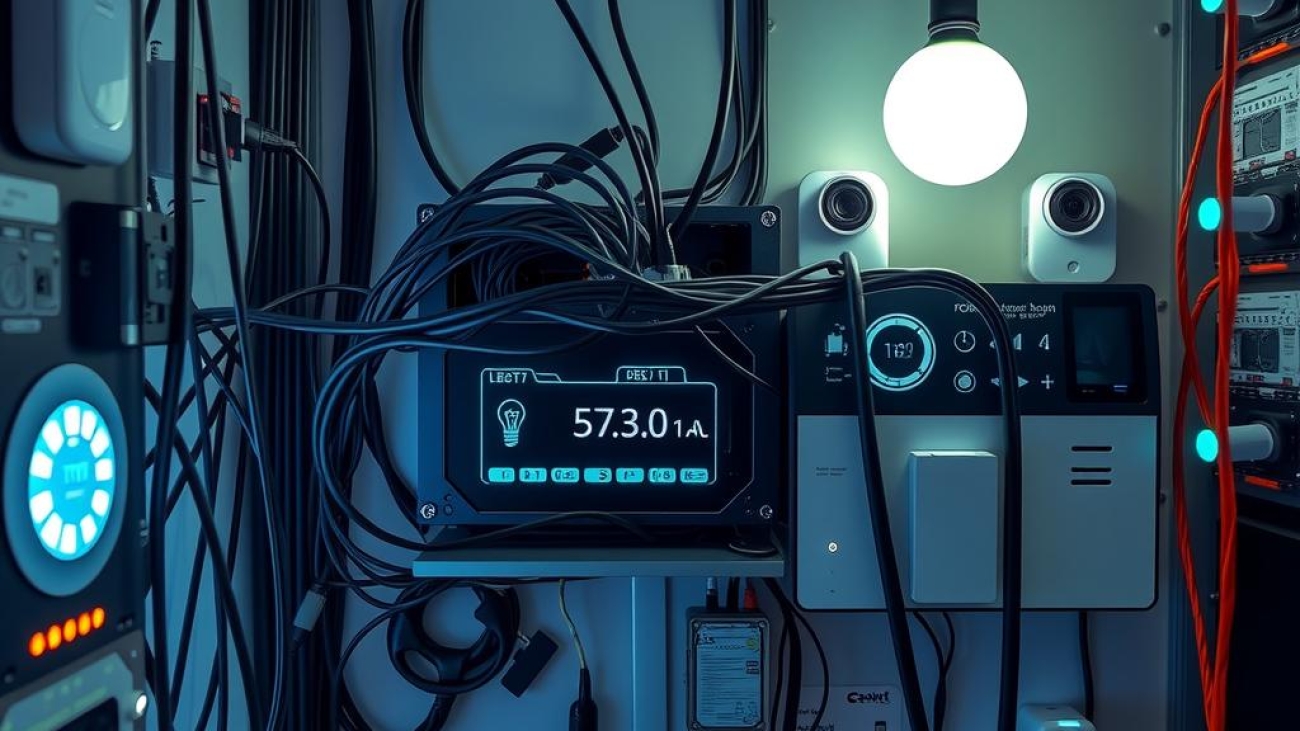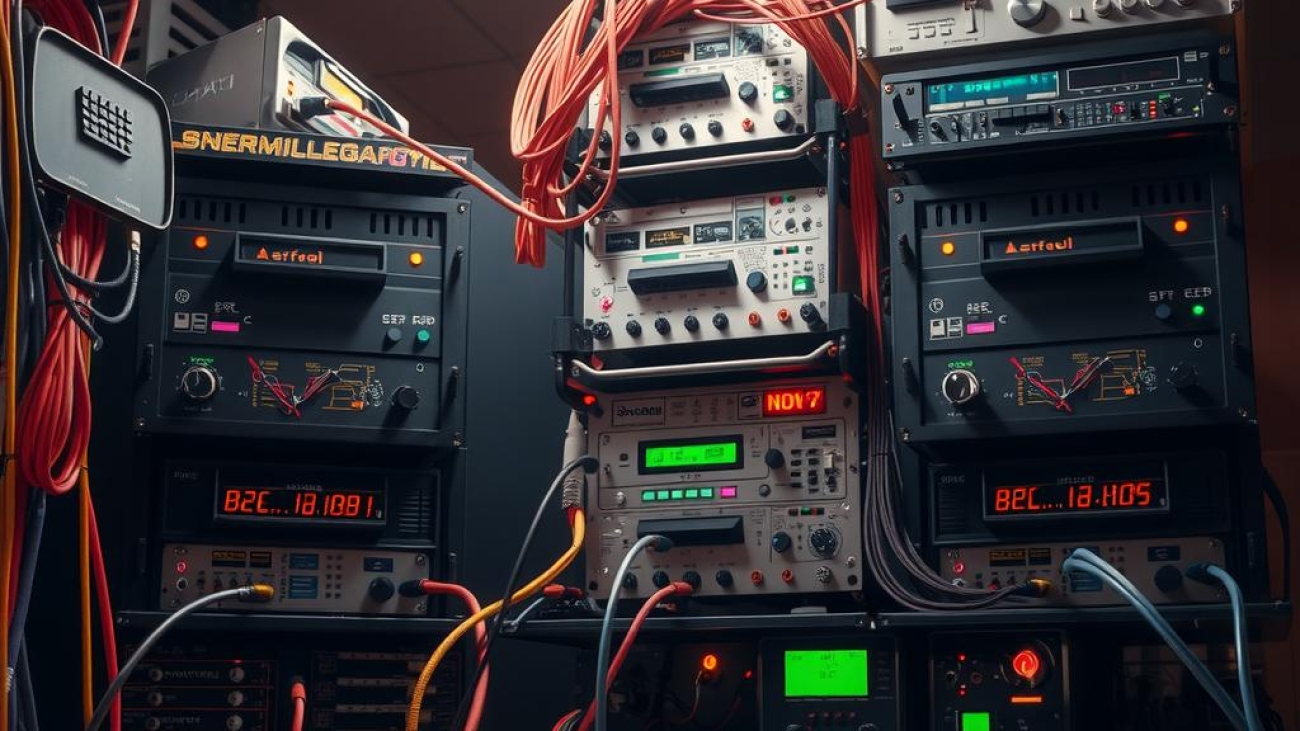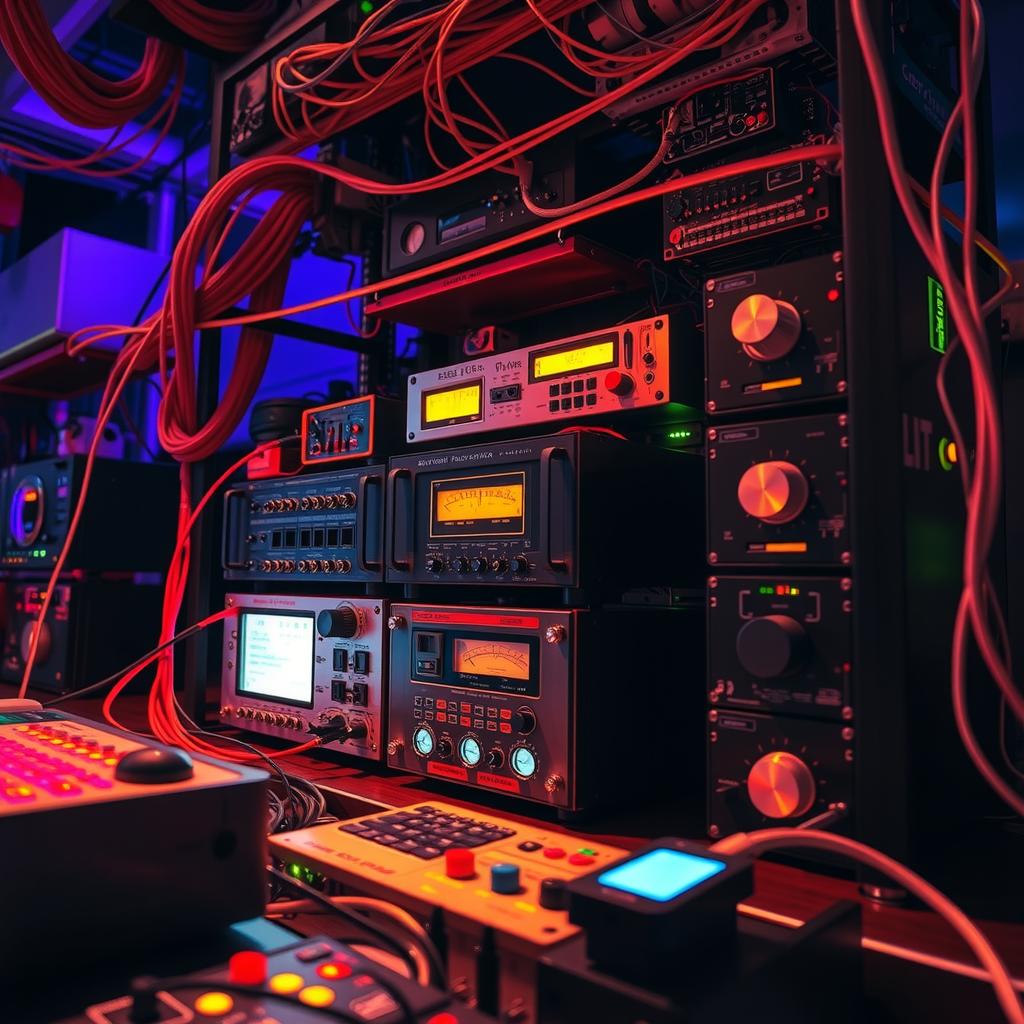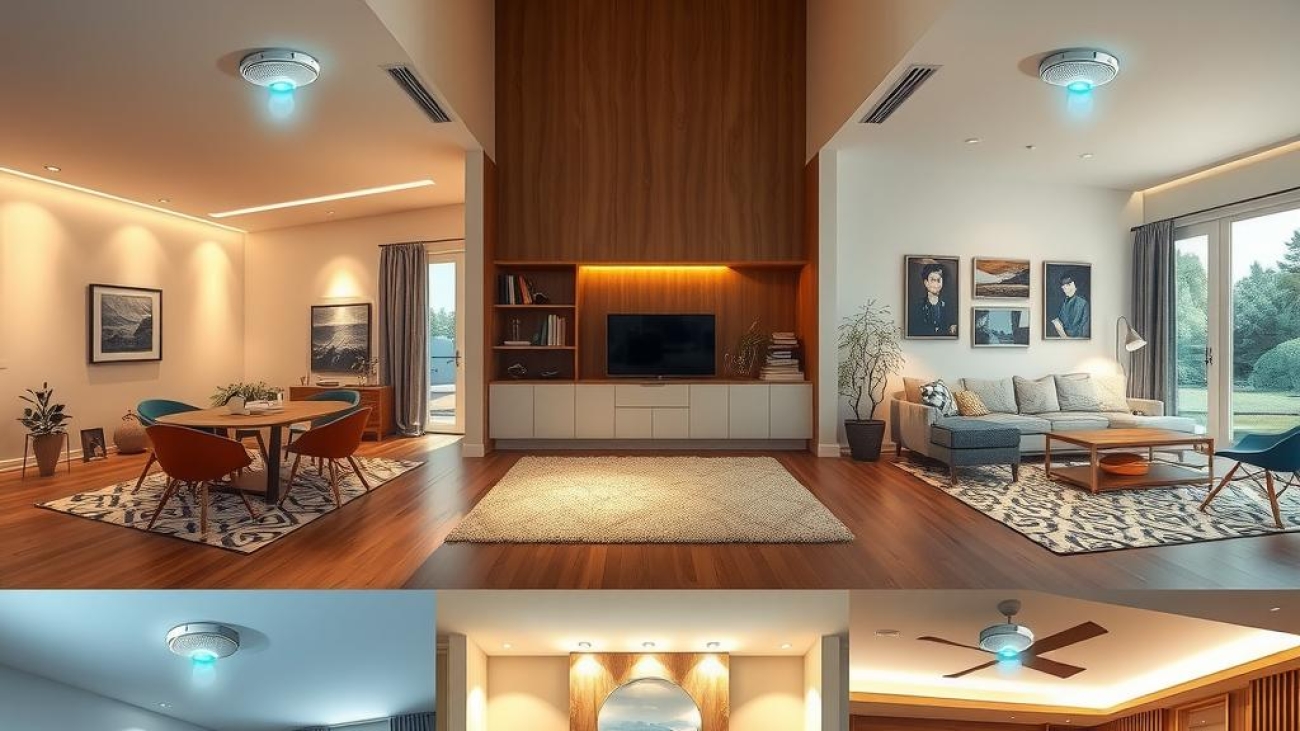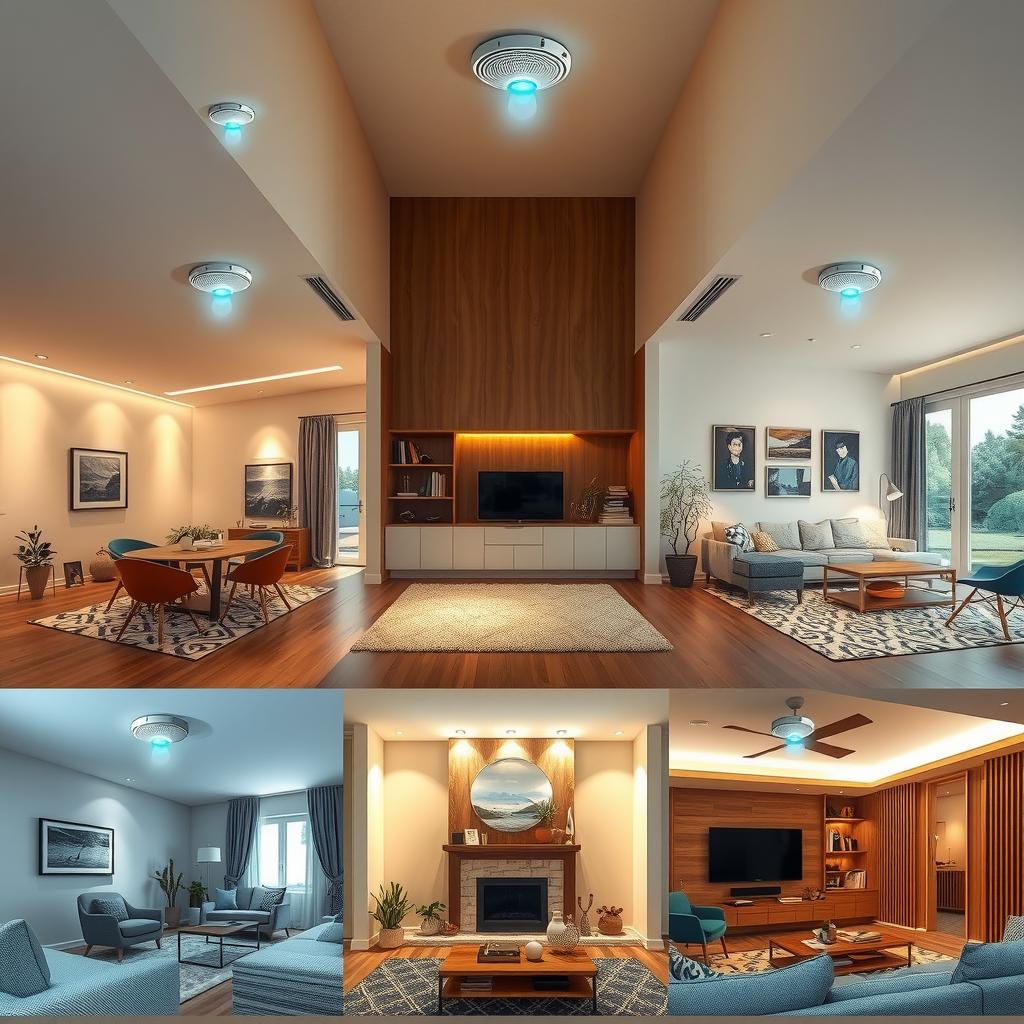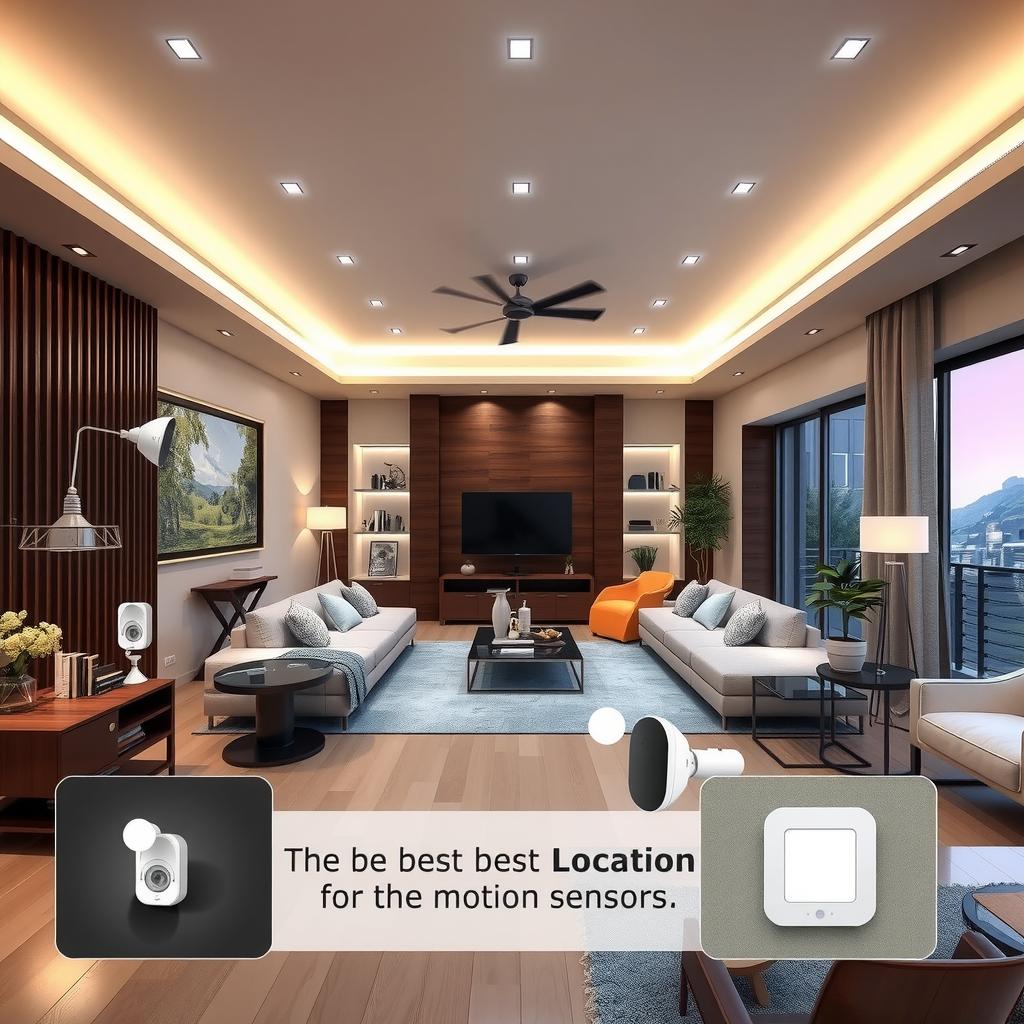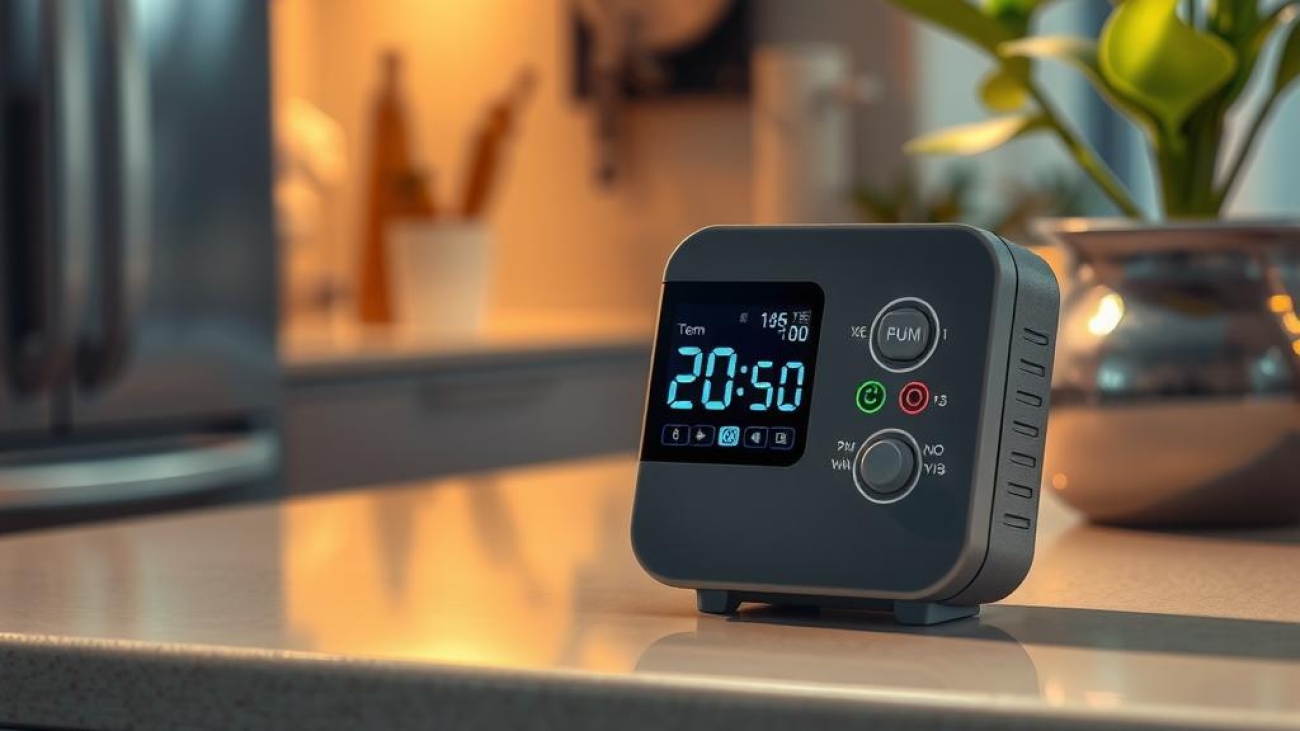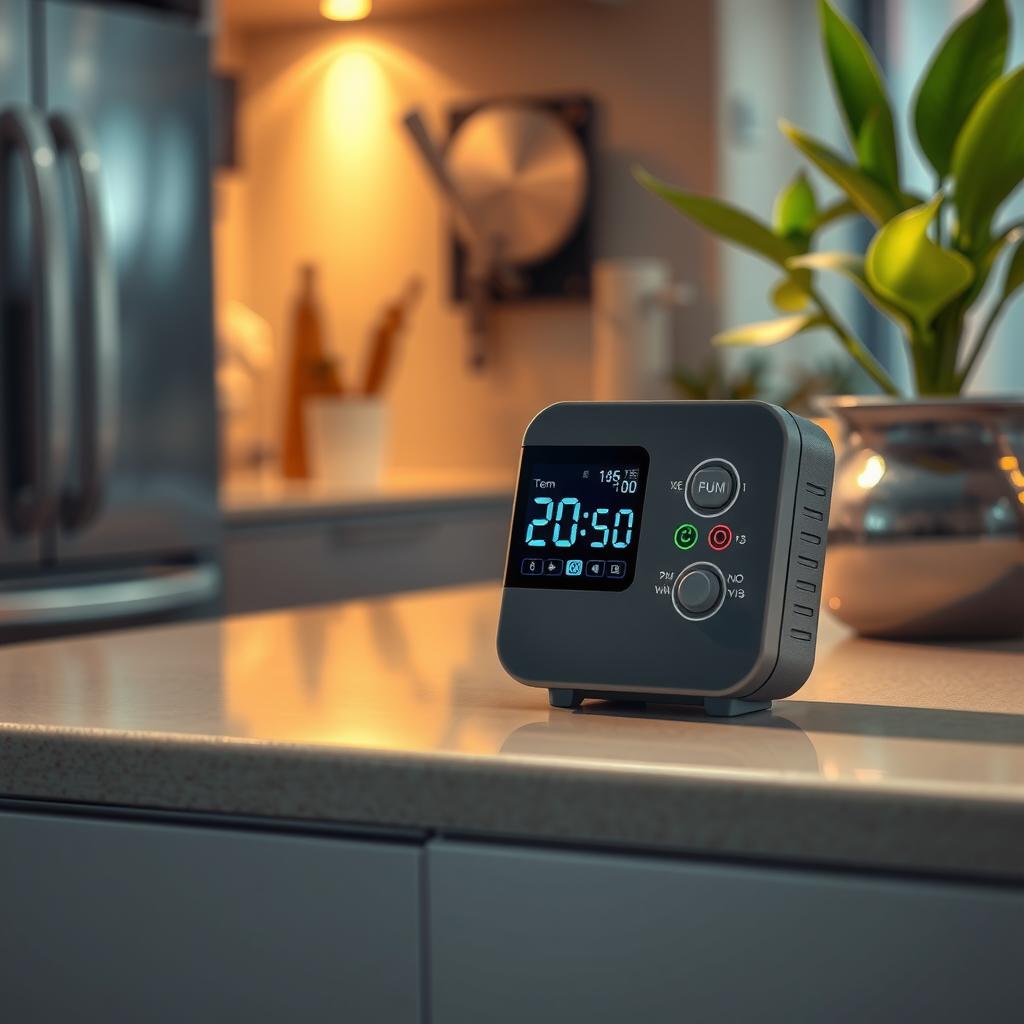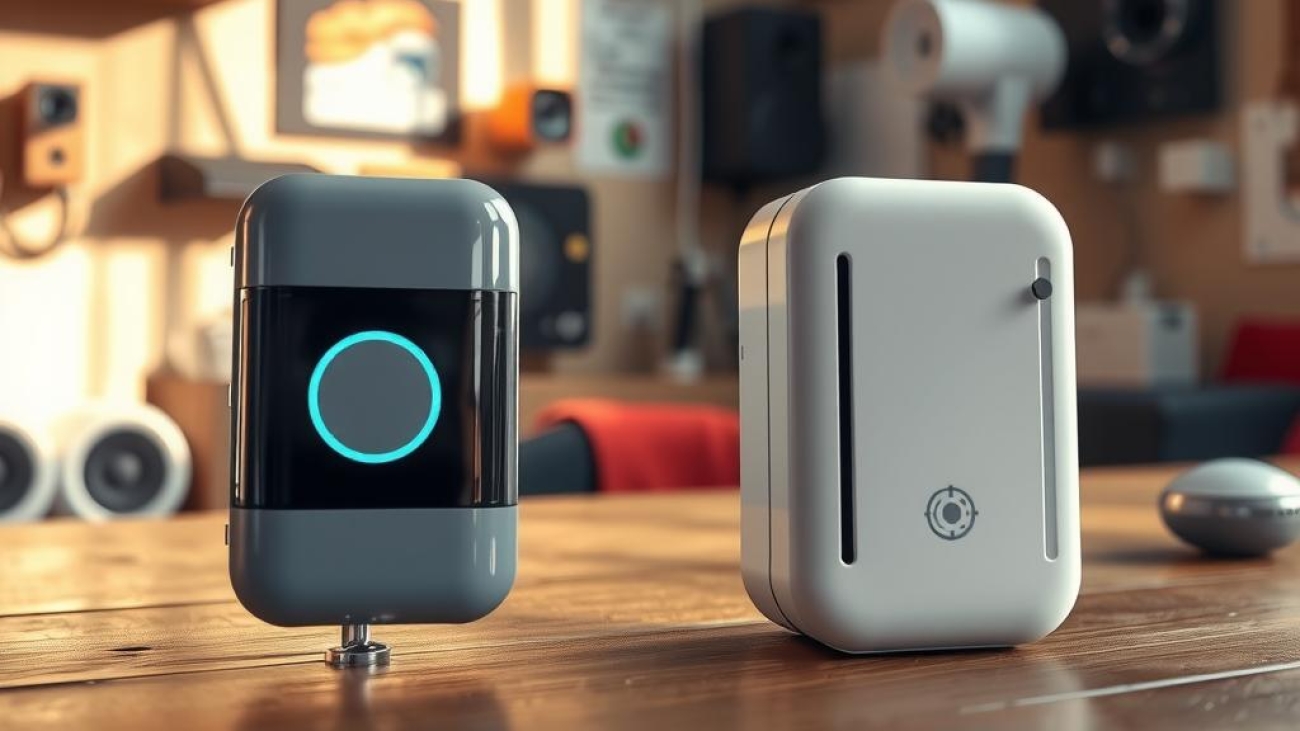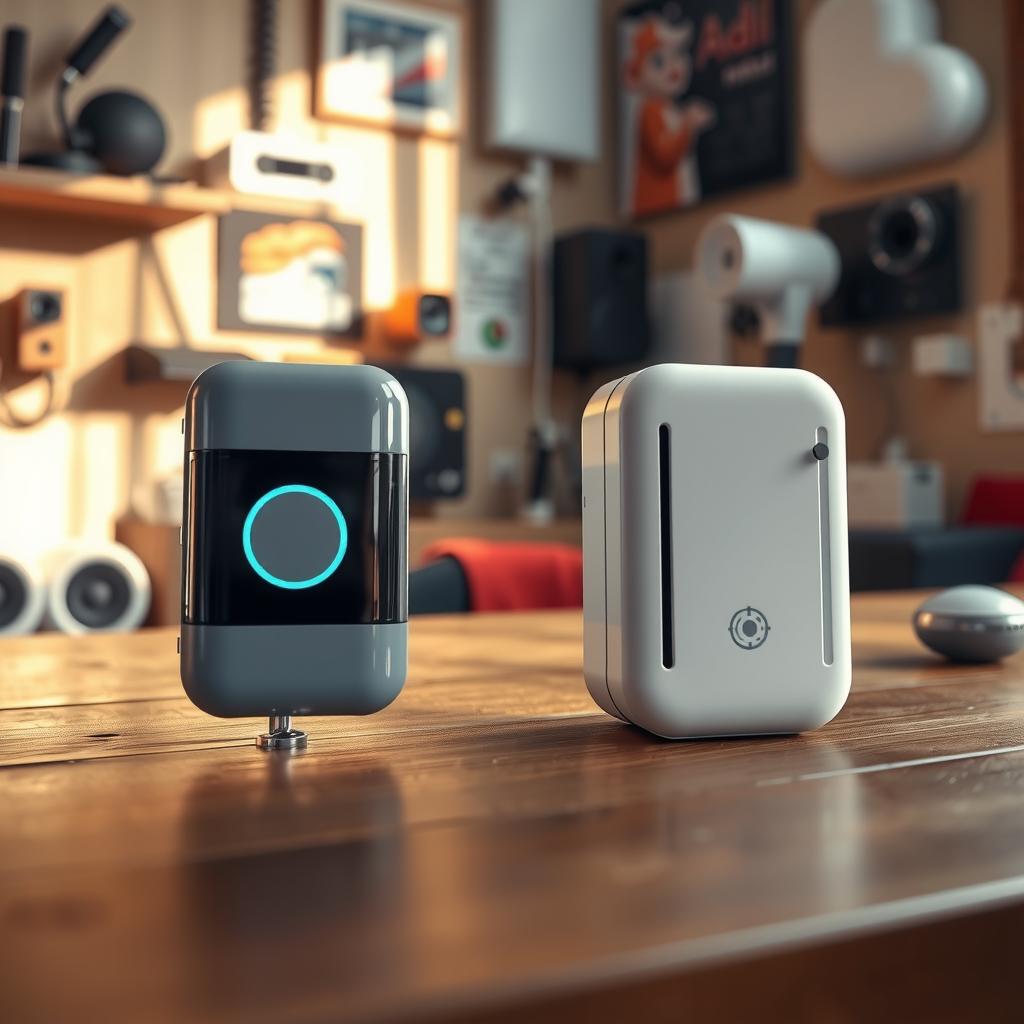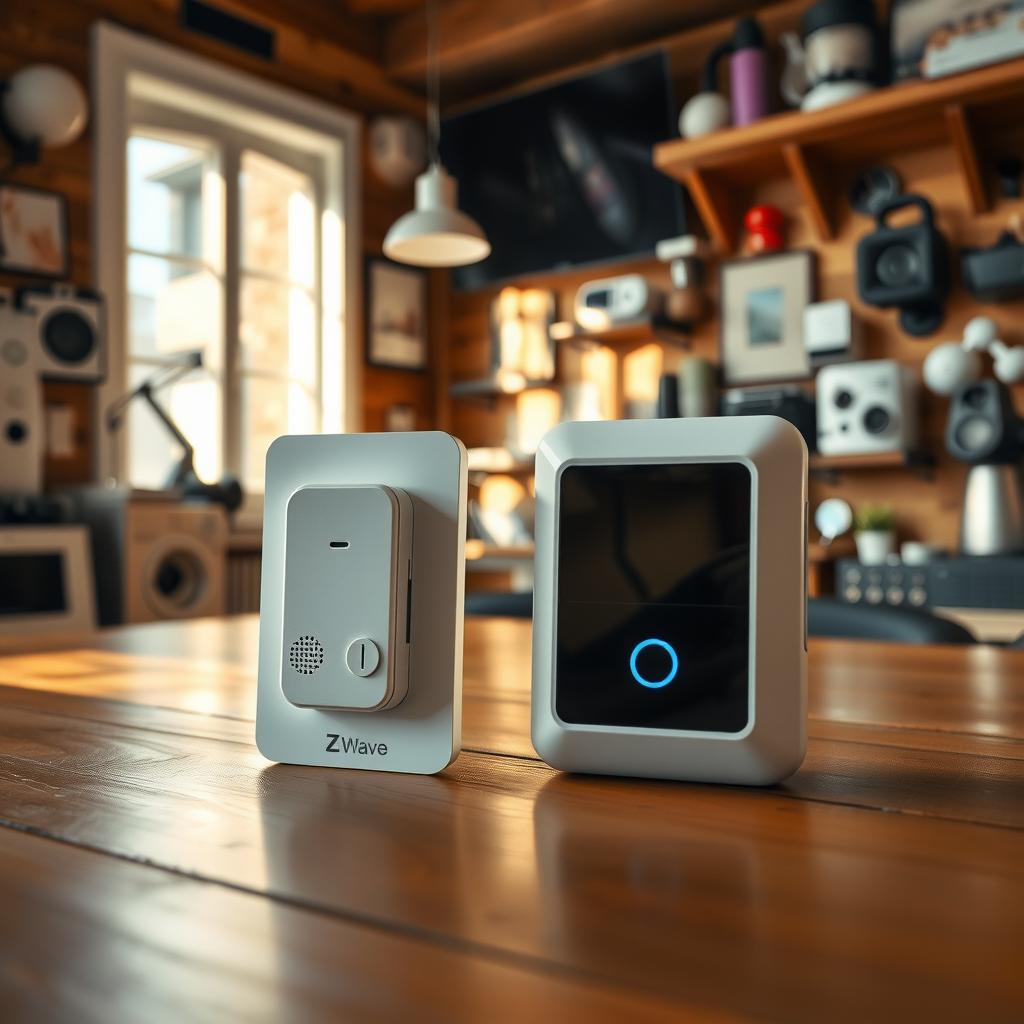In a world increasingly driven by technology, one phenomenon that has captured the imagination of homeowners and tech enthusiasts alike is home automation. Since 2010, the landscape of this field has undergone remarkable transformations, evolving from rudimentary gadgets to comprehensive smart home ecosystems that integrate seamlessly with daily life. Initially perceived as an exclusive luxury for the tech-savvy elite, home automation has now become synonymous with convenience and efficiency for the average homeowner. This evolution raises intriguing questions: How did such a revolutionary shift occur? What technological trends have influenced this surge in popularity? And most importantly, how do these advancements enhance user experience while ensuring safety and energy efficiency?
The core value of exploring this evolution lies in understanding not only where home automation began but also where it is headed. The intersection of IoT integration, artificial intelligence (AI), and user-friendly interfaces has made it possible to control everything from lighting to security systems through a single device—often just a smartphone app. Products like Philips Hue smart bulbs or Ring’s video doorbells exemplify how technology can transform mundane tasks into engaging experiences that prioritize both functionality and style.
Moreover, as concerns about home security grow alongside rising crime rates, automated solutions offer peace of mind to homeowners worldwide. Systems equipped with features such as remote monitoring and motion detection provide users with real-time alerts directly on their devices—a stark contrast to traditional setups that lacked immediate responsiveness.
As we delve deeper into the changes over the past decade—from early adopters experimenting with simple sensors to today’s sophisticated multi-device networks—the narrative will unravel how modern conveniences are reshaping lifestyles while addressing fundamental issues like energy consumption and safety protocols. By examining specific products that have paved this path—such as Google Nest Thermostats or Amazon Echo devices—readers will gain insight into essential innovations driving today’s smart homes.
Join us on this exploration of how home automation’s evolution since 2010 reflects broader societal shifts towards connected living spaces tailored for comfort and sustainability. There is much more than meets the eye; understanding these dynamics could empower readers to embrace their own transformation toward smarter living environments.
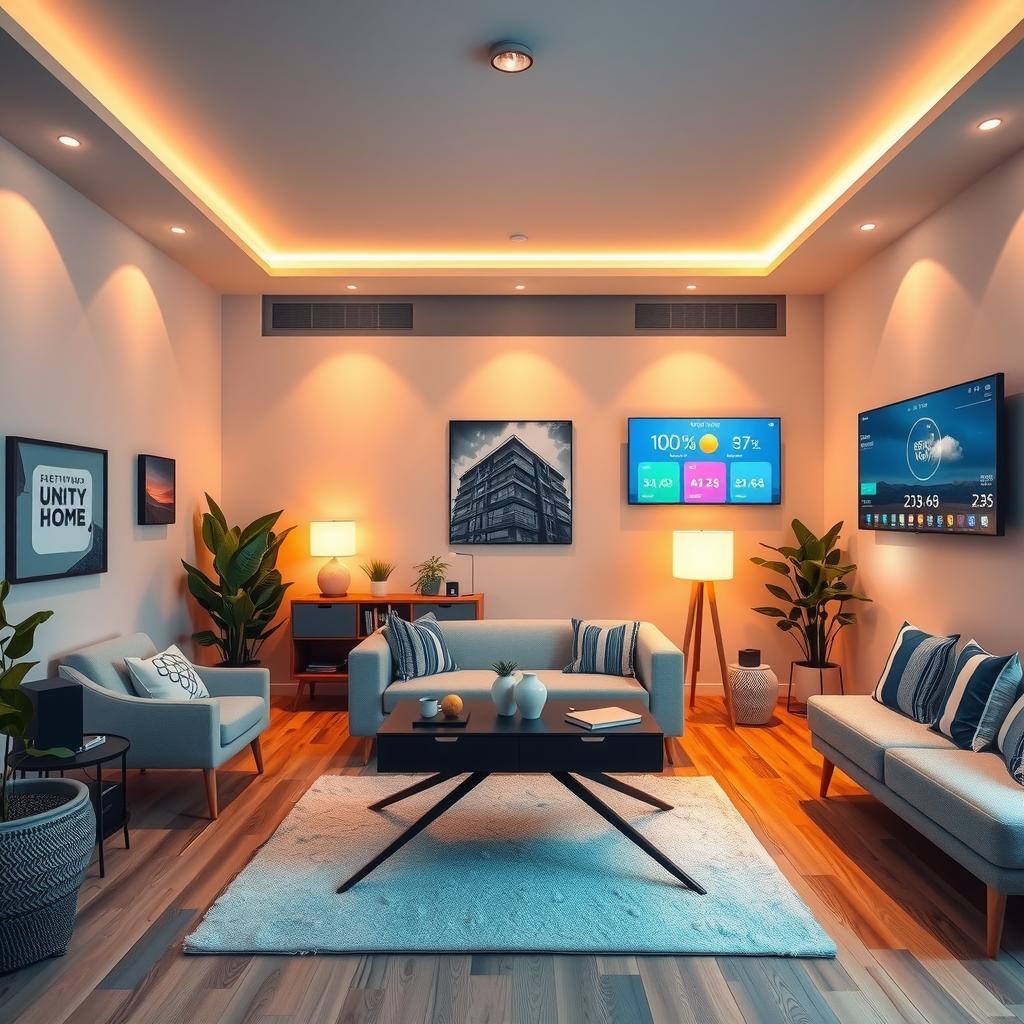
Key Highlights:
-
Transformation of Household Tasks: The past decade has seen a significant shift in how households manage daily chores, thanks to home automation. Smart devices like the Nest Thermostat and Philips Hue smart lights have streamlined operations by adjusting settings based on real-time data and user preferences. This evolution not only enhances energy efficiency but also elevates comfort levels within homes.
-
Enhanced Home Security Solutions: With the increasing focus on safety, products such as August Smart Locks and Ring Video Doorbells have redefined the landscape of home security. These innovations offer remote monitoring capabilities that empower homeowners with peace of mind, enabling them to keep track of their properties from anywhere through smartphone applications.
-
The Rise of IoT Integration and Voice Assistants: The proliferation of voice-activated assistants like Amazon Alexa and Google Assistant marks a pivotal moment in technology trends shaping today’s living environments. These platforms serve as central hubs for controlling various devices seamlessly, thus enhancing the overall user experience in managing a smart home. Their ability to integrate with an array of IoT-enabled devices underscores a shift toward more intuitive communication methods, making everyday interactions simpler and more efficient for users.

The Evolution of Household Management
How Smart Home Solutions Have Enhanced Daily Routines
Over the past decade, smart home technology has revolutionized the way people manage their households. With the advent of interconnected devices and IoT integration, homeowners can now automate daily tasks that once required manual effort. From smart thermostats like the Nest Learning Thermostat to advanced lighting systems such as Philips Hue, these products have not only made homes more efficient but also tailored them to individual preferences. The convenience solutions offered by these technologies allow users to control various aspects of their homes remotely through smartphones or voice-activated assistants like Amazon’s Alexa or Google Assistant. This shift towards automation has significantly improved user experience, making household management less cumbersome and far more intuitive.
Furthermore, energy efficiency has emerged as a key benefit of adopting smart home solutions. By utilizing smart plugs and intelligent monitoring systems, homeowners can track energy consumption patterns in real time and make informed decisions about usage. For instance, devices like the TP-Link Kasa Smart Plug enable individuals to schedule appliances to run during off-peak hours or turn them off automatically when not in use. These features not only reduce electricity bills but also contribute positively toward environmental sustainability—a growing concern among today’s population.
Enhancing Security with Technology
The Role of Smart Devices in Home Safety
The rise of smart home technology extends beyond mere convenience; it plays a crucial role in enhancing home security as well. Modern security cameras equipped with motion detection capabilities and night vision features provide homeowners peace of mind whether they are at home or away. Products such as Ring Video Doorbell offer real-time alerts directly on mobile devices whenever someone approaches a user’s doorstep, allowing for immediate responses irrespective of location.
Moreover, integrated alarm systems that sync with smartphones further bolster safety measures by enabling remote monitoring. For example, systems like Arlo provide comprehensive surveillance coverage while simplifying access through mobile applications—an essential feature for busy families who may be frequently out and about. These advancements reflect an important evolution in how individuals perceive personal safety within their residences: no longer is securing one’s property limited solely to locks on doors; rather, it encompasses a networked approach leveraging modern technology trends.
Improving Everyday Convenience
Seamless Integration into Daily Life
One cannot overlook how home automation facilitates greater convenience across everyday activities ranging from cooking to entertainment management. With kitchen gadgets such as Instant Pots connected via Wi-Fi capabilities or robotic vacuum cleaners like Roomba automating chores around the house—daily life becomes remarkably streamlined thanks to this innovative tech landscape.
Voice-command functionality adds another layer of ease; imagine asking your smart speaker not just for weather updates but also requesting it set timers while you prepare meals simultaneously! Such integrations illustrate how deeply embedded these conveniences are becoming within contemporary lifestyles—helping families save valuable time which can then be devoted towards leisure activities together instead.
These technological advancements also resonate particularly well among younger generations often seeking quick fixes amidst busy schedules filled with professional commitments alongside personal interests—a balancing act that demands efficiency without sacrificing quality experiences at home!
Future Trends Shaping Smart Homes
Predictions for Upcoming Innovations
As we look ahead into what lies down this path paved by remarkable innovations thus far already witnessed across countless households globally—the future appears bright indeed! Predictions suggest even further enhancements regarding interconnectivity between disparate device types will emerge leading ultimately toward smarter ecosystems where everything—from refrigerators automatically ordering groceries based upon inventory levels detected internally—to virtual reality setups providing immersive environments become commonplace elements woven seamlessly throughout our living spaces due entirely because visionary minds continue pushing boundaries forward relentlessly exploring potentialities previously unfathomed!
Overall understanding these ongoing transformations underscores significance surrounding adapting habits accordingly embracing new paradigms shifting expectations fundamentally reshaping interactions experienced daily within domestic settings ensuring they align harmoniously reflecting desires aspirations cultivated over decades evolving continuously refining possibilities evermore exciting prospects await those willing embrace forthcoming changes driven progress innovation steering society onward collectively navigating uncharted waters confidently forging ahead boldly venturing forth undiscovered realms awaiting exploration affirmation dreams realized manifest reality before eyes beholding wonderment unfolding progressively illuminating pathways guiding journeys embarked upon every step taken faithfully charting course destiny awaits keenly anticipated horizons revealing themselves gradually illuminating futures painted vividly strokes creativity ingenuity placed forefront human endeavor reaching heights previously thought unimaginable truly captivating enchanting tale unfolds endlessly continuing inspire generations yet come!
Enhancing Security and Efficiency in Modern Homes
The Advancements of Automation in Home Security and Energy Management
In today’s rapidly evolving society, the concept of home automation has transcended from mere convenience to a critical component of home security and energy efficiency. As technology trends continue to advance, homeowners are increasingly adopting automated solutions that not only bolster their safety but also enhance the overall user experience. Smart home systems have emerged as a key player in this evolution, integrating various devices through IoT (Internet of Things) connectivity. For instance, automated locks such as August Smart Lock provide users with remote access control and monitoring capabilities directly from their smartphones, ensuring peace of mind regardless of location.
Moreover, advancements in smart surveillance cameras like the Ring Video Doorbell or Nest Cam enable real-time video streaming and alerts for any suspicious activity around the home. These technologies allow homeowners to stay vigilant against potential threats while enjoying the convenience that comes with automation. With features like motion detection and facial recognition, these security systems can differentiate between familiar faces and unrecognized individuals—a game-changer for personal safety.
On another front, energy efficiency is becoming increasingly paramount as concerns about sustainability grow among consumers. Automated thermostats such as Ecobee or Nest Learning Thermostat learn user habits over time to optimize heating and cooling schedules accordingly. This not only reduces energy consumption but also translates into significant savings on utility bills—highlighting how convenience solutions can marry cost-effectiveness with environmental responsibility.
The integration of these smart technologies leads to enhanced operational efficiencies within households. By connecting various appliances—like washing machines or refrigerators—that communicate via platforms such as Samsung SmartThings or Apple HomeKit, users gain unprecedented control over their homes’ functionality. It allows them to manage energy usage more effectively by scheduling operation during off-peak hours when electricity rates are cheaper.
Furthermore, it’s essential for homeowners considering an upgrade to understand how interoperability plays a crucial role in maximizing both security measures and energy management strategies under one cohesive system framework. As manufacturers strive toward creating seamless experiences across devices through open-source compatibility standards like Zigbee or Z-Wave protocol integrations; they pave the way for enhanced user engagement within modern homes.
Ultimately, automating aspects related specifically to home security alongside managing energy efficiency represents not just a trend but rather an essential pivot towards smarter living environments tailored around consumer needs today—and tomorrow’s aspirations for sustainability without sacrificing comfort or protection against unforeseen risks associated with traditional setups.
The Rise of Artificial Intelligence in Home Automation
Enhancing Daily Life through Intelligent Solutions
In the ever-evolving world of home automation, artificial intelligence (AI) is emerging as a game-changer, driving innovations that enhance user experience and convenience. AI-powered systems are becoming increasingly adept at learning from user behavior, allowing them to anticipate needs and streamline daily tasks. For instance, smart thermostats equipped with machine learning algorithms can analyze historical temperature preferences and adjust settings autonomously, optimizing both comfort and energy efficiency. This technology not only reduces utility bills but also contributes to a more sustainable lifestyle as households become more conscious of their energy consumption.
Furthermore, AI integration in home security systems offers unprecedented protection by utilizing facial recognition technology to distinguish between familiar faces and potential intruders. As these systems become smarter, they provide real-time alerts to homeowners via mobile applications whenever suspicious activity is detected. This proactive approach greatly enhances safety measures while giving users peace of mind when they are away from home or even asleep at night.
As the IoT landscape expands, so does the capability for devices to communicate seamlessly with one another. Smart speakers like Amazon Echo or Google Nest serve as central hubs for controlling various automated devices within a household—everything from lights to locks—enhancing overall connectivity throughout the home environment. Users can issue voice commands or set routines that automate mundane tasks such as adjusting lighting based on time of day or locking doors automatically once everyone has left for work or school.
IoT Integration: A Connected Home Experience
Bridging Devices for Seamless Functionality
The integration of Internet of Things (IoT) technologies into everyday life signifies an era where homes operate more intelligently than ever before. Every device connected through IoT adds layers of functionality that redefine how residents interact with their living spaces—turning ordinary houses into fully-fledged smart homes. With advancements in sensor technology paired with robust cloud computing capabilities, users now have access to real-time data about their environments—from monitoring air quality levels to managing water usage effectively.
Smart appliances such as refrigerators equipped with IoT sensors can monitor food freshness and suggest recipes based on available ingredients while alerting users when items need replenishment—a truly innovative convenience solution that minimizes wastefulness without sacrificing culinary creativity. Additionally, washing machines can schedule cycles during off-peak hours based on electricity rates communicated via smart meters; this not only saves money but also supports broader initiatives aimed at reducing strain on power grids during peak demand times.
Moreover, interoperability among devices fosters a holistic ecosystem where each component works together harmoniously toward common goals like enhancing home security or maximizing energy efficiency across entire households—even extending beyond individual rooms into outdoor spaces like gardens illuminated by solar-powered lighting synchronized through Wi-Fi networks!
Energy Efficiency: Sustainable Living Through Technology
Cultivating Eco-Friendly Habits with Smart Solutions
One critical aspect shaping future trends in home automation revolves around sustainability driven by technological advancements promoting energy efficiency. As climate change remains an urgent global challenge impacting every sector—including residential living—the adoption rate for eco-friendly solutions continues rising rapidly among consumers seeking greener alternatives tailored specifically towards minimizing carbon footprints within their own homes.
Innovative tools such as smart meters empower homeowners by providing insights into consumption patterns over time; this visibility encourages individuals toward adopting better habits while making informed decisions regarding resource allocation—ultimately leading toward reduced environmental impact alongside cost savings reflected directly onto monthly bills! Technologies designed explicitly around improving insulation levels prevent heat loss during colder months thereby decreasing reliance upon traditional heating sources which contribute significantly toward greenhouse gas emissions associated primarily due burning fossil fuels required generate electric power utilized indoors year-round!
Additionally integrating renewable energy sources further bolsters sustainability efforts underway throughout communities nationwide—from solar panels generating clean electricity harnessed sunlight available naturally all around us—to wind turbines capable converting kinetic wind motion stored cleanly batteries used later powering essential devices even when grid fails unexpectedly due extreme weather events forcing outages affecting millions globally today!
When woven together seamlessly these elements create not just technologically advanced residences but environmentally responsible communities dedicated fostering healthier lifestyles encouraging inhabitants live harmoniously nature itself amidst modern conveniences afforded through revolutionary innovations transforming landscapes forevermore!
Future Innovations: Shaping Tomorrow’s Smart Homes
Anticipating Next-Generation Solutions in Automation
Looking beyond current developments within the realm of home automation, it’s clear that innovation will continue advancing exponentially over coming years driven largely futuristic concepts currently being explored today laying groundwork entirely new paradigms redefining what it means inhabit ‘smart’ surroundings filled myriad interconnected gadgets working synergistically accomplish objectives previously deemed impossible! Emerging technologies such advanced robotics coupled cutting edge augmented reality applications promise revolutionize interaction possibilities expanding horizons far beyond basic functionalities existing platforms provide presently alone still vastly untapped potential waiting unlocked harnessed creatively enrich lives countless individuals everywhere aspiring achieve ultimate level control flexibility fulfill unique preferences desires effortlessly transform ordinary dwellings extraordinary havens tranquility productivity alike suited distinct tastes styles unlike anything seen prior history thus far!
With ongoing investments poured research development aimed uncovering untold opportunities awaiting discovery leveraging latest breakthroughs continuously pushing boundaries present limitations
Frequently Asked Questions:
Q: What are some key advancements in home automation since 2010?
A: Since 2010, there have been numerous advancements in home automation, including the rise of smart home devices like intelligent thermostats and lighting systems. These innovations improve energy efficiency by automatically adjusting settings based on user preferences and real-time data. Additionally, the integration of IoT technologies has allowed for seamless communication between various devices, creating a more cohesive living environment.
Q: How has the focus on home security changed with new technology trends?
A: The emphasis on home security has significantly increased over the past decade. Smart locks and surveillance cameras equipped with remote monitoring capabilities now provide homeowners with enhanced control and peace of mind. This evolution reflects broader technology trends that prioritize safety through automated solutions, allowing users to monitor their homes from anywhere via smartphones or voice-activated assistants.
Q: In what ways do voice-activated assistants contribute to a better user experience in smart homes?
A: Voice-activated assistants like Amazon’s Alexa and Google Home have transformed interactions within households by introducing intuitive communication methods. They serve as central hubs for controlling various smart home devices effortlessly, thereby enhancing overall convenience. Through this integration of AI-driven systems into daily life, users benefit from improved functionality without sacrificing ease of use—an essential aspect of modern home automation.
